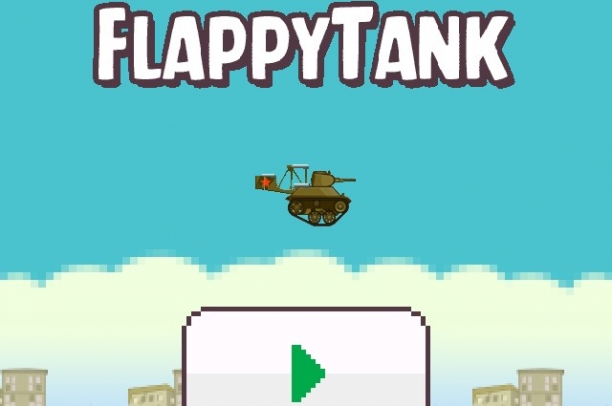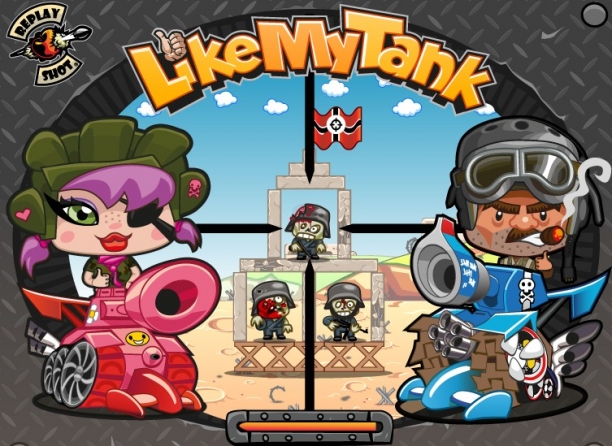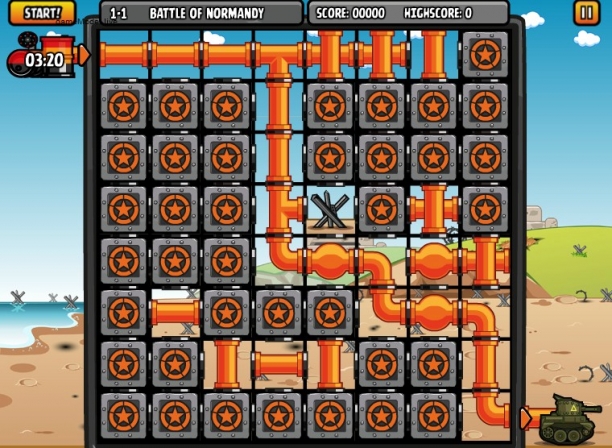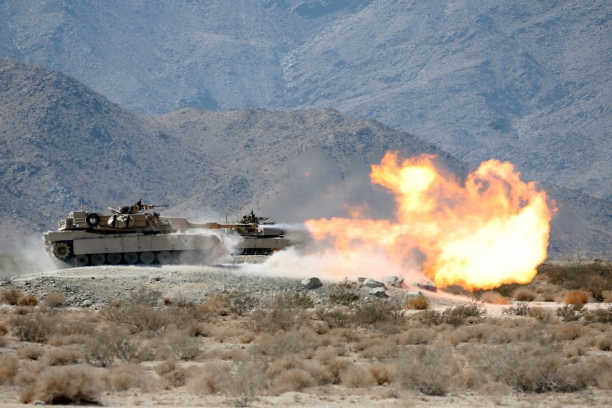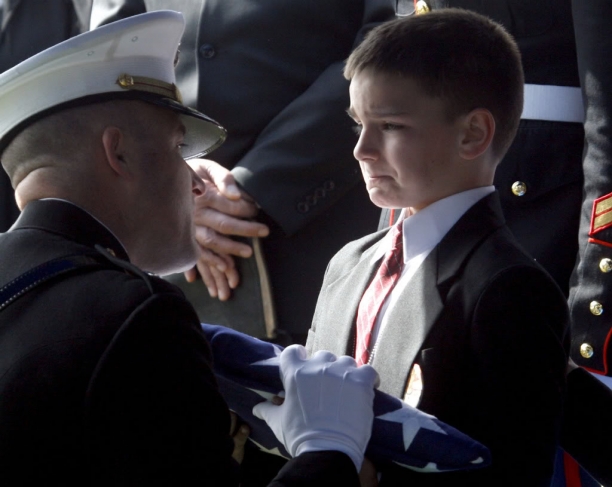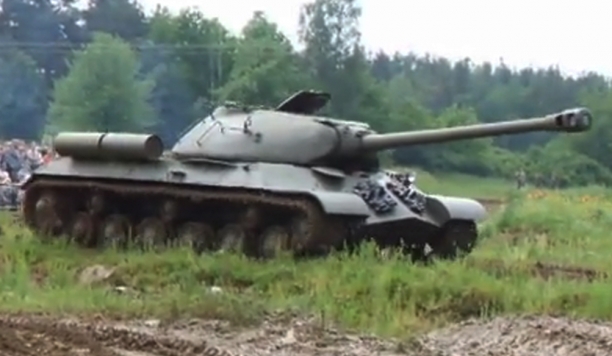
The IS-3 or the Iosef Stalin (Joseph Stalin) IS3 was part of a series of tanks that served Soviet Army during the WWII. The whole series was based upon the KV tanks and began with the IS-1 that was produced in the year 1943. The IS-2 came next during the very same year. The IS-2 came fitted with the 122, main gun - a lethal weapon indeed. The IS-3 was developed afterwards because the Soviets were convinced of its value.
The IS-3 modifications were a re-design of the whole series. For instance, the armor protection of the IS-3 is the best of the lot. This tank has better turret armor protection than its predecessors and is thus a safer machine to operate overall. The armor of the whole series was already a stand out. There were other modifications made on the turret. It was well-rounded and there was more space for the turret crew. Additional projectiles were also given ample space. For better protection from ballistics, the glacis plate had increased slope. The combined modifications on the turret and hull resulted in a lowered silhouette. This made the tank more difficult to track and target from any given angle.
The chief armament of the IS-3 was the 122mm (121.9mm). This was infamous during the war for its excellent penetration capacity and the flexibility that came with it. Expert crew can let off from 2-3 rounds every minute. The projectile choices were expanded as well to include 10 AP or armor-piercing rounds. In addition, there were 18 HE or high-explosive fragmentation. The IS-3 was capable of facilitating battlefield targets.
In October, 1944 the IS-3 prototype was designated as "Object 703." After a very short while and a series of evaluations this was approved for production. Factories in the Soviet Union capable of constructing heavy vehicles were soon busy with construction. The very first operational IS-3 tanks were entered into the inventory of the Soviet Red Army on May, 1945. The IS-3 appeared in the victory parade through the city of Berlin on 7th of September, however, it did not see much action at the front because the war in Europe was mostly over. Adolf Hitler had taken his life and the German capital has fallen under the control of the Soviet Army. Only a few pockets of the German war machine were still continuing the fight, so not much left to deal with.
But it was different in the Pacific because the Soviets were still fighting against Japan. It was said that an IS-3 regiment was deployed in August 1945 in the Far East (mission unknown). By the end of that month the Japanese empire would surrender signaling the end of the war in the Pacific and WWII.
At the time that the Second World War ended, the IS-3 was the most advanced war vehicle of its kind. The Soviets continued producing the IS-3 until mid-1946. About 2,311 units were completed. All the IS-3s in existence were inventoried by the Red Army. The tanks were in the Soviet stockades (it's allies as well) during the years of the Cold War. Even the Western powers had their eye on the IS-3 especially because this tank was a key influence in Soviet tank design in the twenty years that followed.
The IS-3 has a distinctively stout, low-set profile with a curved turret. Somehow its appearance recalls that of an upside-down frying pan. The rifled barrel is long with muzzle break that is double-baffled. The side track on either side has 6 road wheels. The drive sprocket is aft with 3 track return rollers and the idler is held in forward position. The rear compartment is where the V2-IS engine is located while the turret is forward. The heavy chassis was powered by the 520 horsepower engine capable of a top speed of 25 mph. Its range is 115 miles. The IS-3 weighs about 45.77 tons, was 32 feet, 4 inches long and eight feet high. It can be operated by four personnel.
The entire tank body was protected by 20mm - 230mm thick armor which would make it nine inches at the thickest areas. Aside from the armor, the IS-3 was equipped with the D-25T series main gun (121.9mm) and was formidable indeed. Enemy forces loathed attacking it from the front. Its primary weapons were 28 rounds of projectiles (122mm). The secondary armament was a 12.7mm anti-aircraft machine gun which carried 250 rounds. The IS-3 also had one to two 7.62mm anti-infantry machine guns which carried 756 rounds.
The IS-3's design was a step forward in a number of areas. However, it was still beset with mechanical problems much like other heavy tanks of that size. With regard to its operational abilities, the power pack was very unreliable. The transmission systems and engine were both prone to failure. These defects as well as a few matters concerning the hull were possibly due to the speed by which the Soviets pushed for its design & production. It is therefore not surprising that quality control problems would arise. Because of these limitations, a set of upgrades were done, intended to improve certain areas. Some of the improvements made were on the clutch mechanism, road wheels, and new radio equipment. The improvements added to the total weight of the tank by four tons and this additional burden hampered the IS-3's performance a bit.
The Red Army made good use of the IS-3 from the late 1940s until well into the '50s. During the Cold war, the tank underwent a modernization scheme that helped maintain its relevance. After all, its initial design was meant for the World War 2 stage and the Cold War was very different. A number of modern thoroughbreds eventually succeeded the IS-3 and this formidable war machine was soon retired to the history books. Nevertheless, before her time was ended, the IS-3 served a few foreign armies. Egypt was known to favor the IS-3 and even showcased the tank on parades as seen in 1956. The Israeli military captured a few units and these were reconstituted for use of the IDF. The IDF retrofitted the IS-3 with engines from the T54 tanks. The modification improved the performance level for the IDF and gave it a more modern feel. After China's part in the Korean War, this Communist nation also received IS-3 deliveries. The IS-3 was also used as a trainer for new Soviet tanker models before it was taken to storage. The Soviets maintained the IS-3's designation as the most dominant tank in the whole world. Few war vehicles could dispute this distinction.
|

In Los Angeles, California an unidentified flying objects were seen over the skies in late February, 1942. Just 3 months after the Pearl Harbor, the US military was keen on identifying the enemy aircraft. It was just a few months after the United States entered the stage of war and so the military launched into an anti-aircraft barrage using artillery.
Before this incident in LA, a Santa Barbara production facility was fired upon by a Japanese I-17 submarine. When the unknown flying object was spotted over LA, the ground & naval troops on the West Coast were on high alert. Air raid sirens were turned on and blackouts were ordered.
Anti-aircraft shells weighing 12.8 pounds were fired at the unidentified objects by the 37th Coast Artillery Brigade. There was a lot of damage to buildings and there were three fatalities as well-civilians who died of friendly fire. At first, people believed that Japan sent an aerial unit to attack the city. Later it was mostly attributed to "war nerves." The UFOs were determined to be imaginary, or possibly a weather balloon or a blimp. Since the mystery was never solved, others think that it was a psychological warfare technique which the Japanese employed using a fire balloon. There are still a few who believe that the object was extra-terrestrial in origin.
What do you think UFO or military tactic?
|
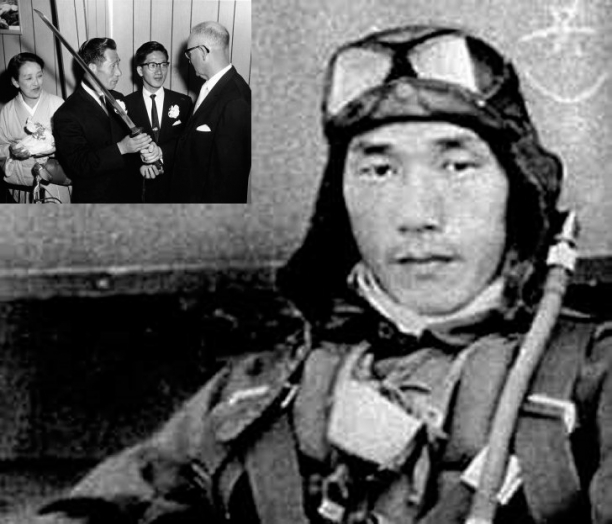
Nobuo Fujita has a place in history for being the only Japanese Navy Pilot to have successfully conducted an aircraft-dropped bombing with incendiaries over continental US soil during the Second World War.
Fujita was assigned the mission to start forest fires in Pacific Northwest. He was supposed to start the fires at Brookings in Oregon. Although flames were lit from his airborne attack, the damage to property was minor.
This is where the story gets interesting. A resident of Brookings, Oregon invited Nobuo Fujita to America. The invitation was accepted by the Japanese Navy pilot after he and his country were assured that he won't be tried as a war criminal once he stepped on US soil. When Fujita arrived at Brookings, he brought with him a 400-year old samurai sword.
The sword had been with his family for generations. It was the sword that Fujita intended to use to commit hara-kiri if Brookings would be hostile to him. He felt very shameful of his actions at the time of the war, but the residents of Brookings welcomed him warmly. He was treated with affection and respect. Fujita eventually presented the sword to the town as a token of friendship.
Although his initial visit elicited controversy, Fujita went back to Brookings a few more times. He was made an honorary citizen before he died at the ripe age of 85.
What is this about? Forgiving but never forgetting?
Share your thoughts.
|
|
|





